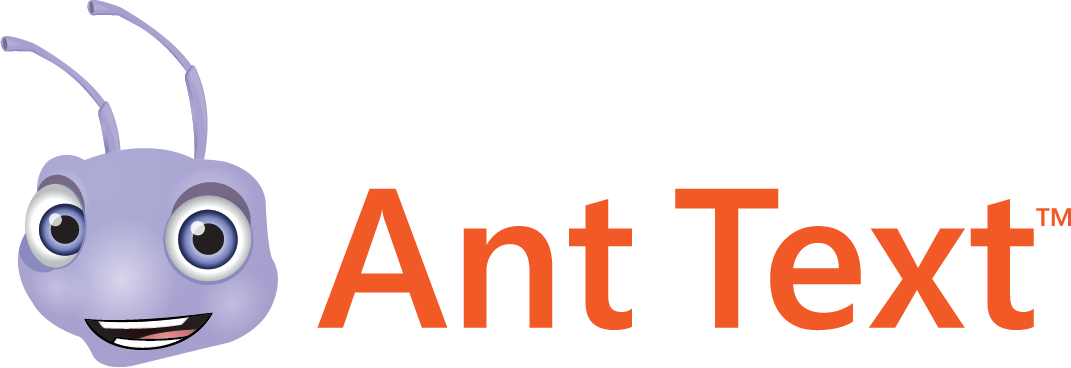 Ant Text
Ant Text
How to use emojis in emails ⭐️
In the digital world, emojis are becoming a commonly used communication tool. Using emojis in your emails can be the key to deliver effective messages in a fun and less formal way.
A little bit of history and fun facts
The term emoji originates from the Japanese e (絵, “picture”) + moji (文字, “letter, character”).
Starting from the first set of 176 emojis, created in 1999 by Japanese artist Shigetaka Kurita, this form of communication has evolved greatly into integrating symbols from different cultures.
While emoticons, emojis’ predecessors, were based on resembling facial expressions with simple characters, emojis are defined as pictograms I.e., graphic symbols that convey meaning through the visual resemblance to a widely known physical object.
According to Emojipedia, there exist over 3500 emojis in the Unicode Standard, which are frequently updated with new releases. Their popularity and use are constantly increasing, at a level where an emoji, the “face with tears of joy”, was chosen as “Word of the Year” by the Oxford dictionary in 2015.
Checklist for proper emoji use
Make sure both your brand and your target audience are fitting for this youthful, light-hearted and creative way of communication. Emojis tend to make emails look less professional, so they might be inappropriate if you work in the BFSI industry
Emojis are not substitutes for words. Try using them just to supplement your message, so that is looks more personal and cheerful
Don’t forget to run tests before sending important emails and take into account how different devices display the emojis you choose. For example, while the Danish flag appears with its symbol on Google, Apple and Facebook, on Outlook and LinkedIn you will only see the text abbreviation to DK
Verify whether your emojis have a shared global meaning to avoid misunderstandings. It is possible that some countries find certain emojis offensive, so checking beforehand can save you some embarrassment. Sometimes the meaning may vary from culture to culture or according to the recipient’s age, for example the raised hand emoji can be interpreted as high-five or as a stop sign
Overall, using emojis in your emails stand out in a recipient’s inbox. Yes, they can help your brand gain awareness and engagement, but only when used carefully and properly for your business.
Credits:
Emojipedia, Zero Bounce blog, Oxford Language dictionary, Wired
https://www.wired.com/story/guide-emoji/
https://emojipedia.org/faq/
Do’s and Don’ts of Using Emojis in Email Marketing
The post How to use emojis in emails ⭐️ appeared first on Ant Text City of email.
Ant Text, EMAIL MARKETING, LATEST NEWS, anttext, email, emailmarketing, emojis


